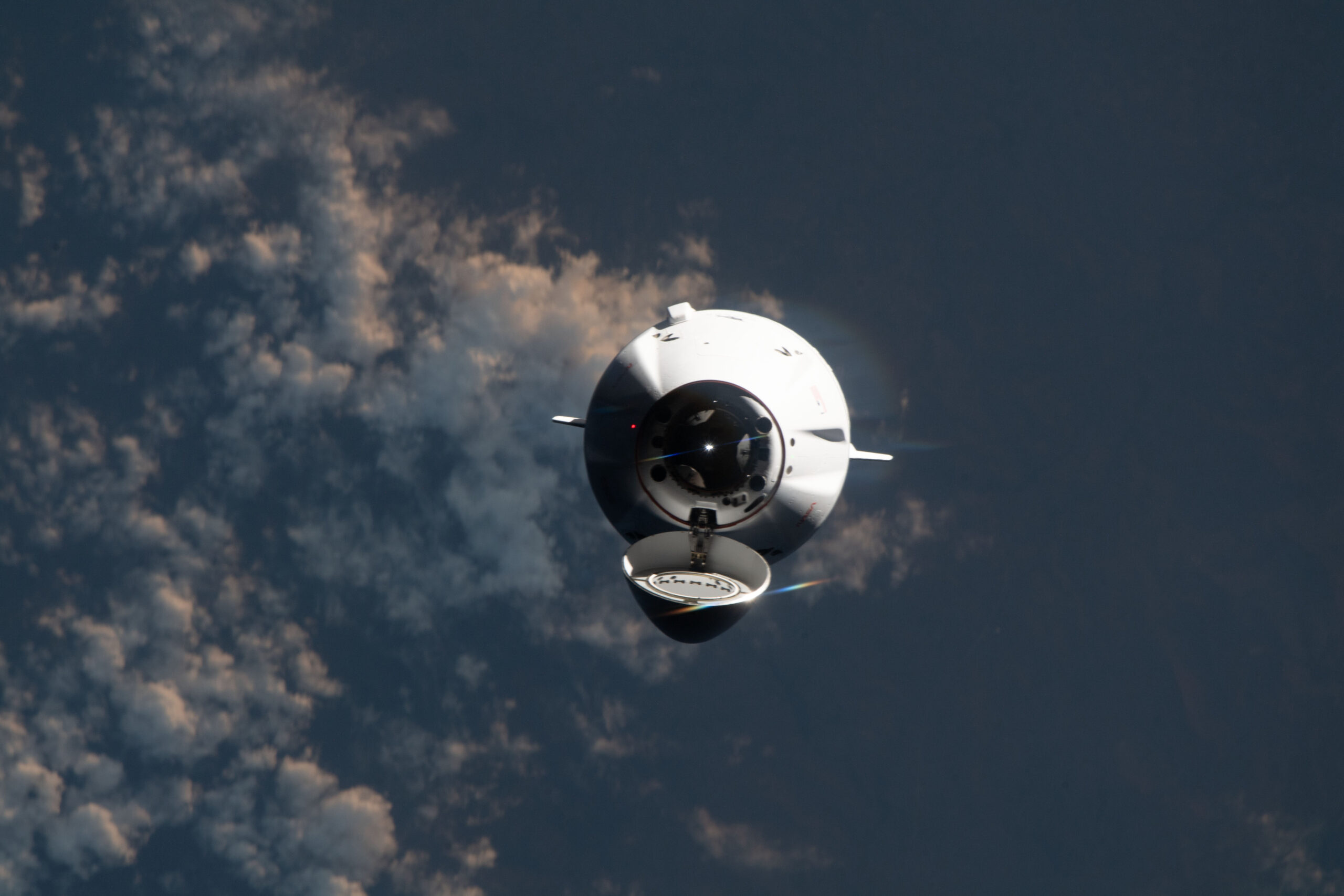
After what has seemed less like “Groundhog Day” and more “Groundhog Week”, SpaceX’s CRS-29 Cargo Dragon successfully undocked from the International Space Station (ISS) late Thursday afternoon, carrying more than 3,500 pounds (1,600 kilograms) of scientific experiment results, payloads and unneeded hardware back home to Earth. The cargo ship—which launched in November atop a Falcon 9 booster from historic Pad 39A at Florida’s Kennedy Space Center (KSC)—undocked from the forward-facing port of the Harmony node at 5:05 p.m. EST, after more than a month attached to the sprawling orbital outpost.
Unfavorable weather conditions conspired to a raft of postponed departure dates for CRS-29, which was originally targeted to undock from the ISS on 14 December, before repeatedly being pushed back day by day, ultimately until the 21st. Of particular note was a cold front that pushed through Atlantic waters in the Cargo Dragon’s principal splashdown zone off the Florida Coast last week.
CRS-29, flying as part of the second-round Commercial Resupply Services (CRS2) program between NASA and SpaceX, is the 29th Cargo Dragon to successfully reach the space station since May 2012 and the ninth under the 2016-awarded CRS2 contract. And the cargo ship flying this mission, codenumbered “C211”, was making its second outing, having previously supported the month-long CRS-26 last winter.
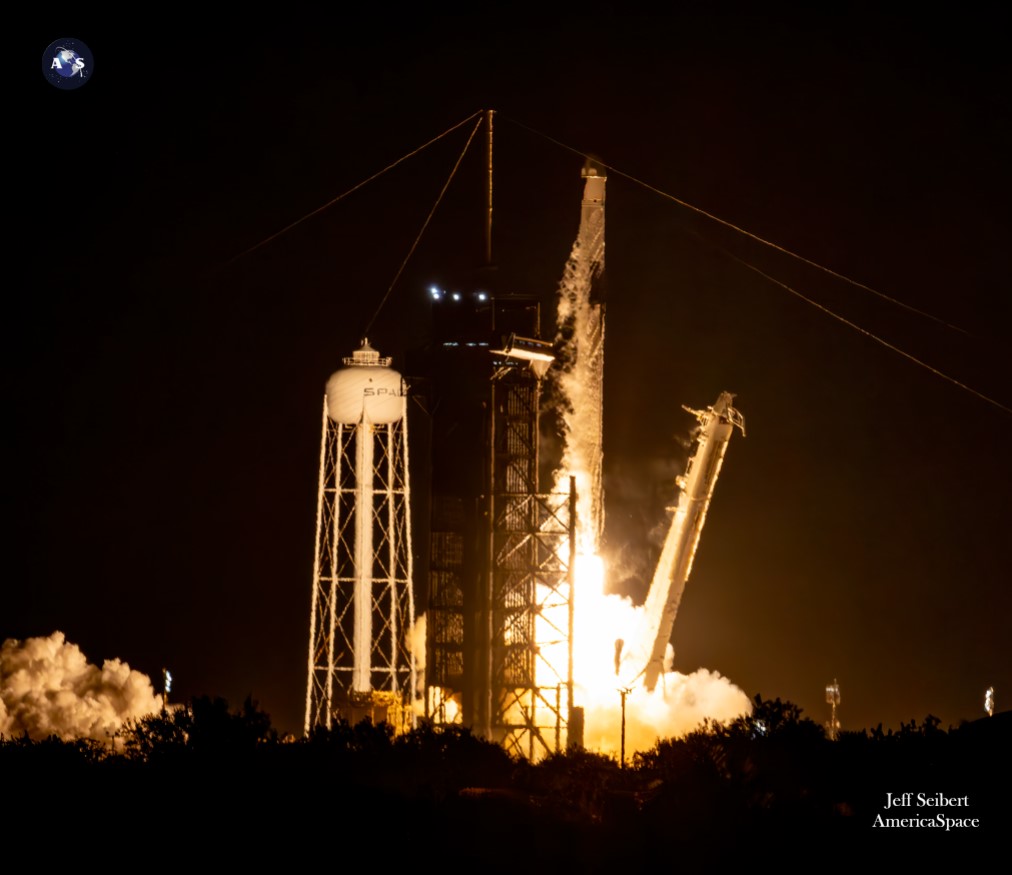
Delayed by payload-related matters, a need to reconfigure Pad 39A following October’s Falcon Heavy launch with the Psyche deep-space mission and replacement of a leaky Draco thruster on the Cargo Dragon itself, the mission rose into the Florida darkness at 8:28 p.m. EST on 9 November. After a 32-hour and 22-orbit rendezvous and approach profile, CRS-29 docked autonomously at the ISS at 5:07 a.m. EST on the 11th, as the station orbited 262 miles (422 kilometers) over Central Brazil.
Monitoring the cargo ship’s approach from the multi-windowed cupola were Expedition 70 astronauts Jasmin Moghbeli and Loral O’Hara. Within hours of docking, they and the other two members of the U.S. Operational Segment (USOS) crew—Commander Andreas Mogensen of the European Space Agency (ESA) and Japan’s Satoshi Furukawa—set briskly to work conducting pressurization and leak checks, before opening hatches and beginning the process of unloading more than 6,500 pounds (3,000 kilograms) of new science, experiments, payloads and supplies.
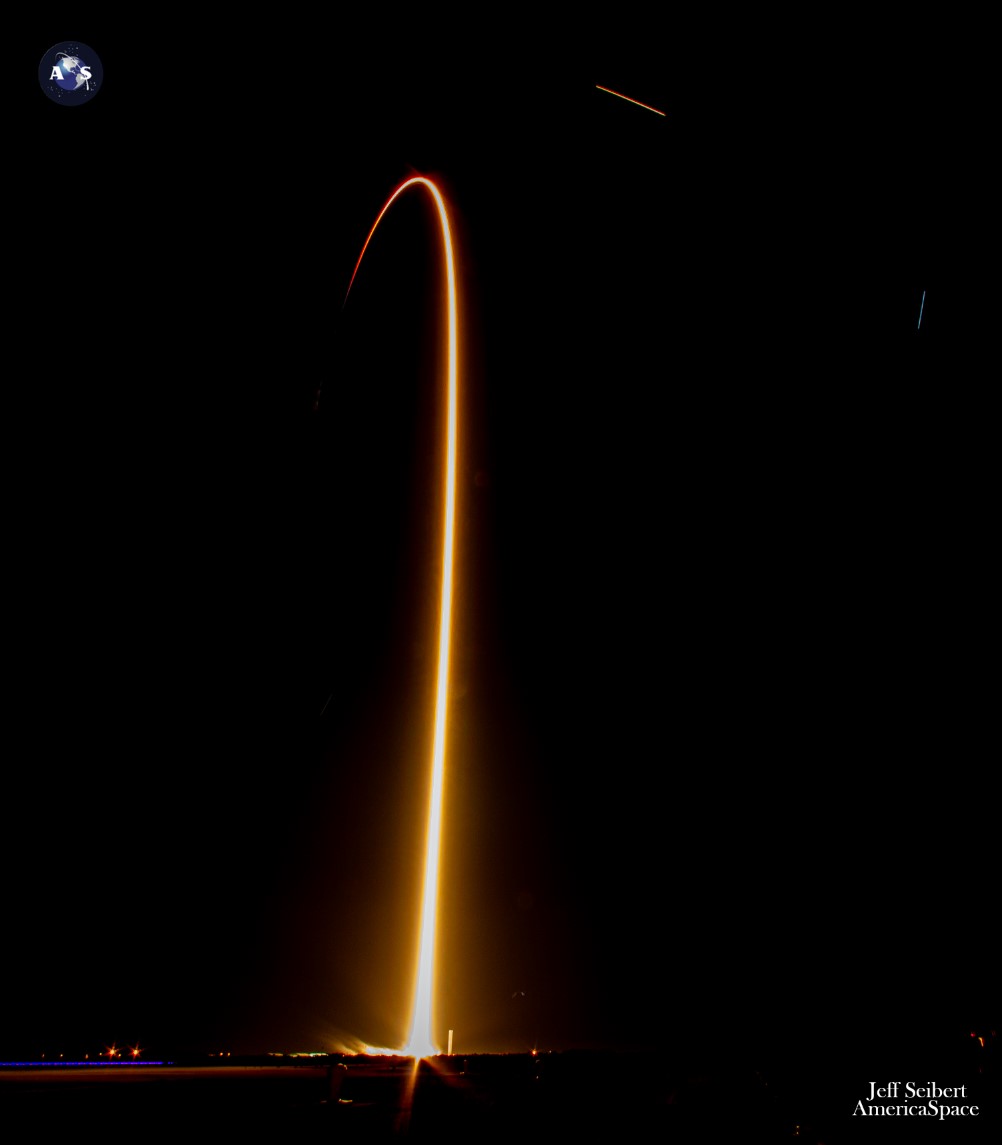
Dominating the payload haul was NASA’s Atmospheric Waves Experiment (AWE), which is managed by the Goddard Space Flight Center (GSFC) in Greenbelt, Md., for the Science Mission Directorate (SMD) at the agency’s Washington, D.C., headquarters. This $42 million experiment was carried inside CRS-29’s unpressurized “trunk” for ascent and robotically extracted by Mission Control using the station’s 57.7-foot-long (17.6-meter) Canadarm2 robotic arm on 15 November.
The experiment was installed on Site 3 of ExPRESS Logistics Carrier (ELC)-1 on the furthest-port side of the station’s Integrated Truss Structure (ITS). Current plans call for it to spend two years examining atmospheric gravity waves to better understand energy flow through our planet’s upper atmosphere and space.
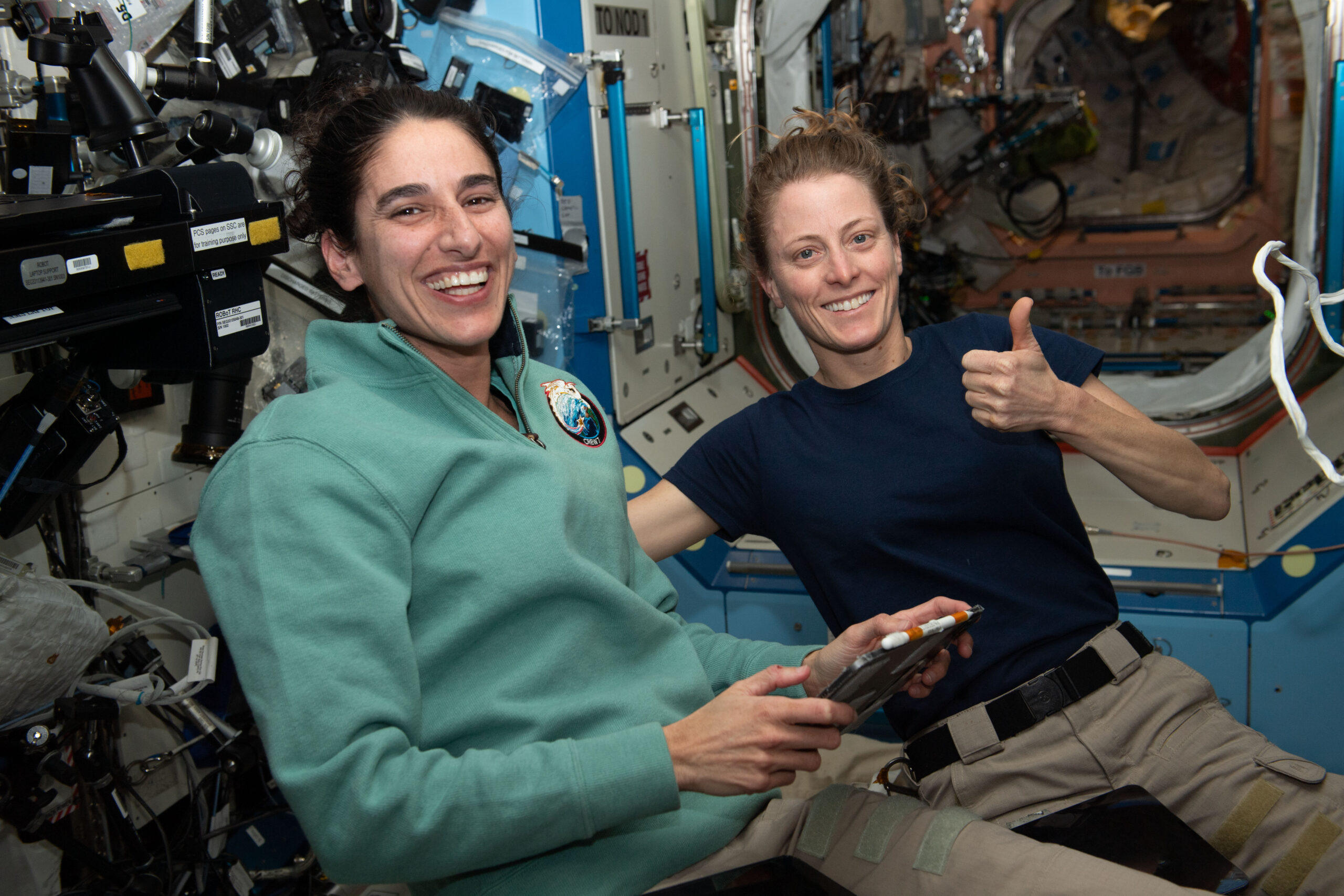
“Atmospheric gravity waves are one mechanism for transporting energy and momentum within the climate system and they play a role in defining the climate and its evolution,” said AWE co-investigator Jeff Forbes of the University of Colorado at Boulder. “This is an important step forward in understanding waves in the atmosphere and their contributions to near-Earth space weather.”
AWE will employ a single instrument, the 128-pound (58-kilogram) Advanced Mesospheric Temperature Mapper (AMTM) to capture wide-field-of-view (90-degree) infrared nighttime images at a rate of one image every second. This will allow the AMTM to produce high-quality temperature maps of atmospheric gravity waves at altitudes between 30 miles (50 kilometers) and 300 miles (500 kilometers)—the “ionosphere-thermosphere-mesosphere region”—before they enter the near-Earth space environment.
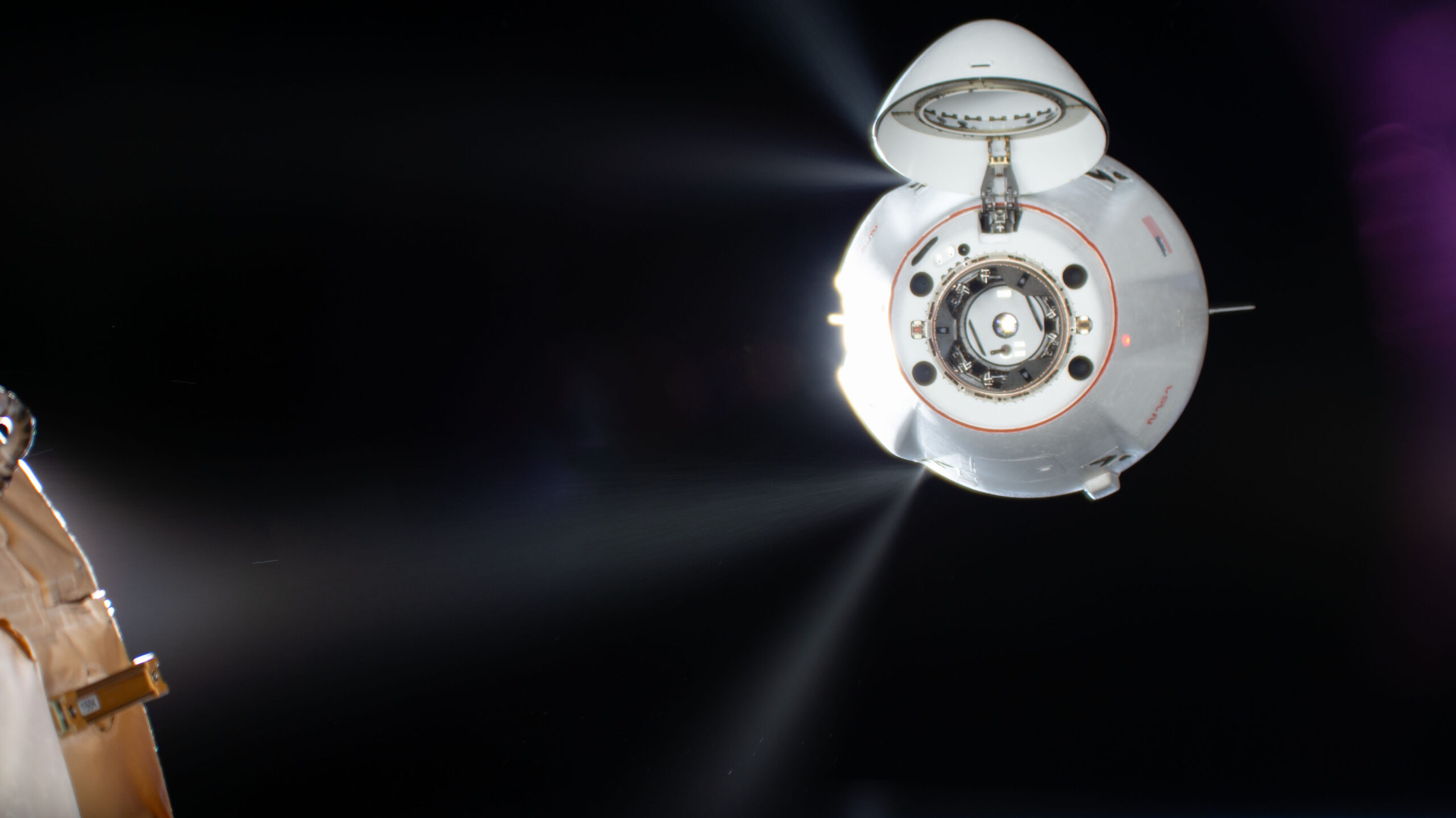
“Banking, navigation, weather forecasting and many other applications provided by satellites, as well as human space missions, can be affected by space weather,” said AWE Principal Investigator Michael Taylor of Utah State University. “AWE will provide scientists with much-needed information to better understand the physics and characteristics of atmospheric gravity waves in Earth’s upper mesosphere and ionosphere, the region where space weather begins.”
AWE was selected for development in February 2019 and confirmed for implementation by NASA in January 2021. Original plans called for it to fly in August 2022, but it slipped on the manifest and wrapped up its electromagnetic, vibration, thermal vacuum and calibration testing earlier this year. The instrument received its flight-safety certification in September, ahead of shipment to KSC.
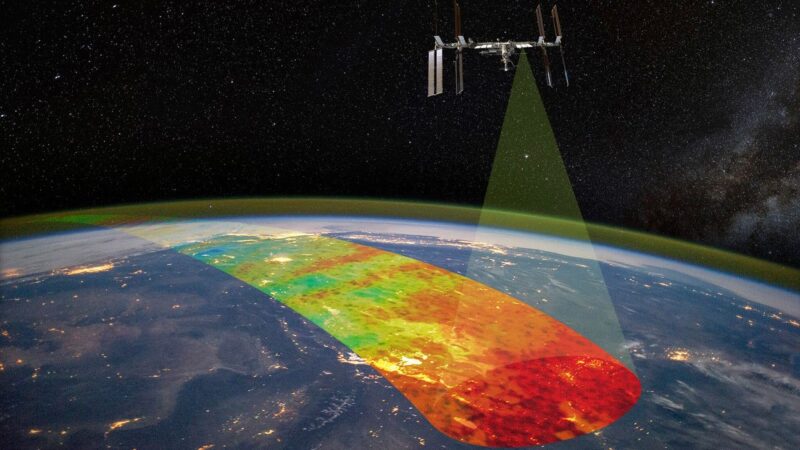
A day before the AWE installation, another payload was also transferred from CRS-29’s trunk to the exterior of the ISS. In a highly choreographed procedure between NASA and the Japan Aerospace Exploration Agency (JAXA), on 14 November NASA’s refrigerator-sized Integrated Laser Communications Relay Demonstration Low-Earth-Orbit User Modem and Amplifier Terminal (ILLUMA-T) was removed and relocated to its current perch on the Exposed Facility (EF) of Japan’s Kibo lab.
After being extracted from the trunk by Canadarm2, ILLUMA-T was “handed-off” to Kibo’s own robot arm—the Japanese Experiment Module Remote Manipulator System (JEMRMS)—for installation onto the EF. In support of this operation, Furukawa routed cables and set up laptop computers inside Kibo for ILLUMA-T operations.
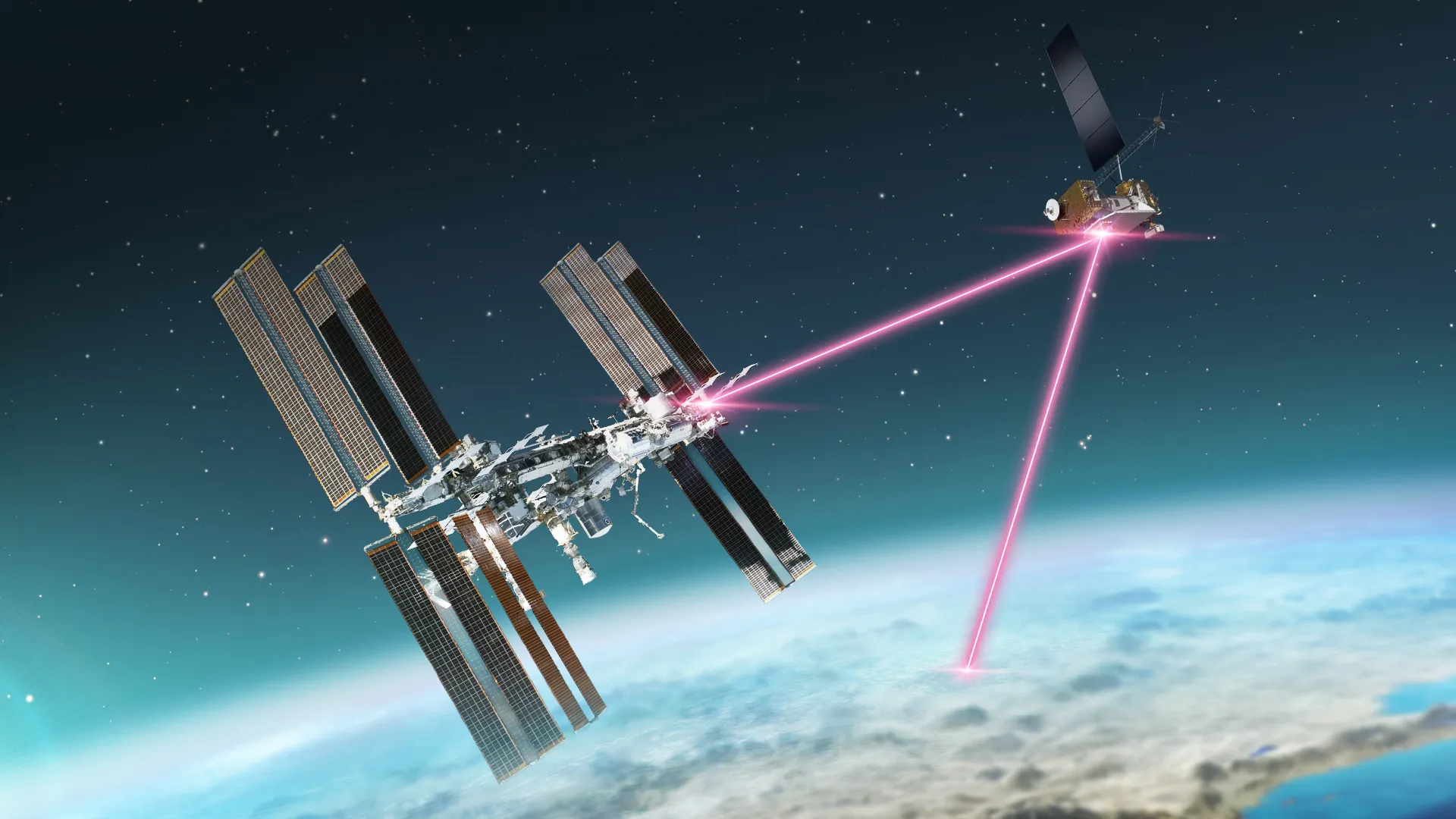
ILLUMA-T will test high-data-rate laser communications between the ISS and ground stations via the geosynchronous-orbiting Laser Communications Relay Demonstration (LCRD), which launched atop a United Launch Alliance (ULA) Atlas V in December 2021 on the Space Test Program (STP)-3 mission. Together, ILLUMA-T and LCRD will complete NASA’s first-ever two-way, end-to-end laser communications relay system.
The ILLUMA-T terminal will send high-resolution picture and video data at a rate of 1.2 gigabits per second to the LCRD system. This data will be transmitted to optical ground stations in Haleakala, Hawaii, and Table Mountain, Calif.
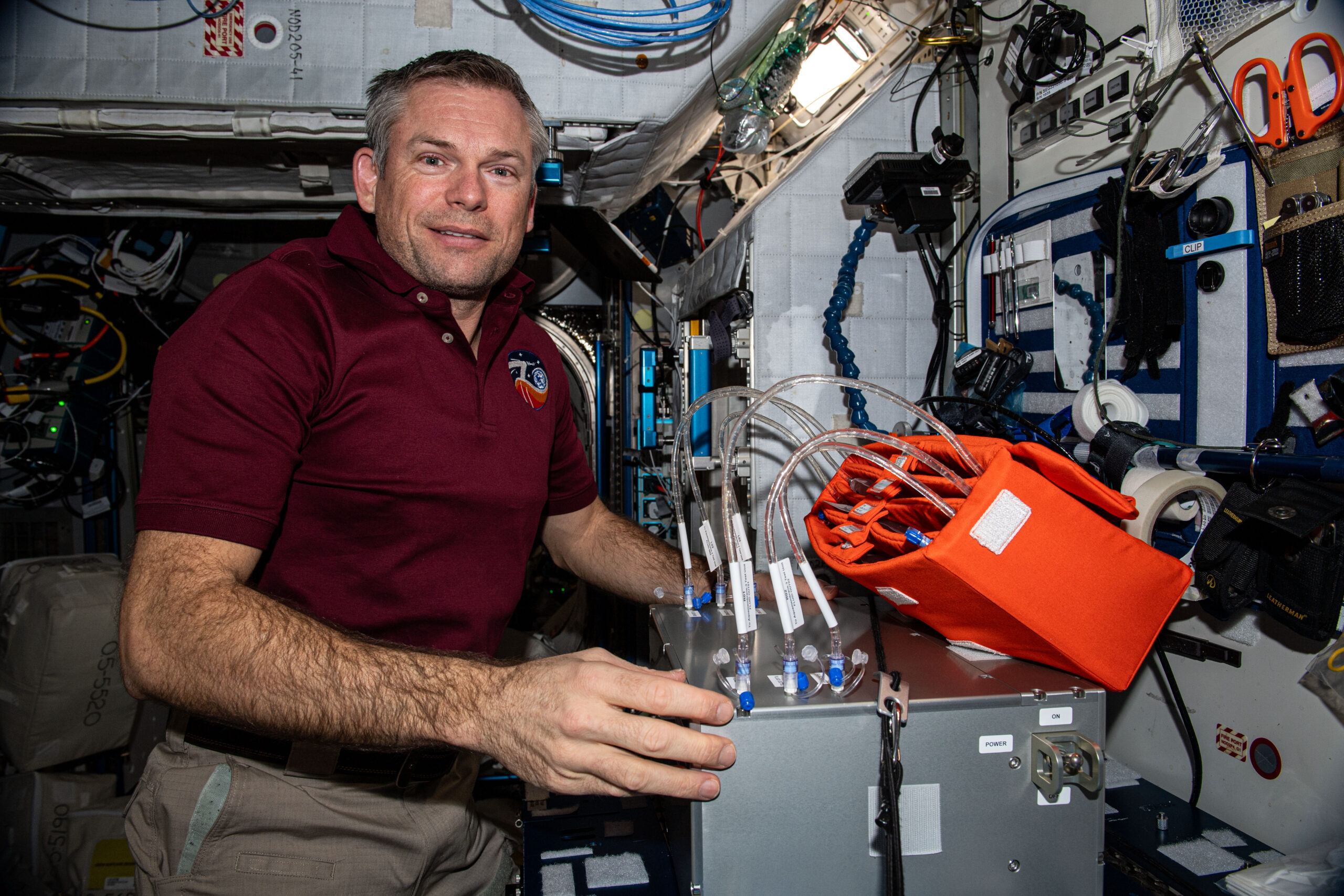
Elsewhere, the Expedition 70 crew labored to remove time-critical experiment materials from CRS-29, including science freezers for installation aboard the U.S. Destiny lab. The process of unloading cargo from the ship went into reverse in late November, as the astronauts set to work loading unneeded gear and scientific results aboard for CRS-29’s return to Earth, then timetabled for mid-December.
Earlier this month, Mogensen disassembled components from a U.S. space suit, preparatory to their return home for refurbishment. O’Hara photographed some of the specially delivered hardware and on 11 December Furukawa and Moghbeli worked to transfer frozen research specimens from ISS freezers back aboard CRS-29.
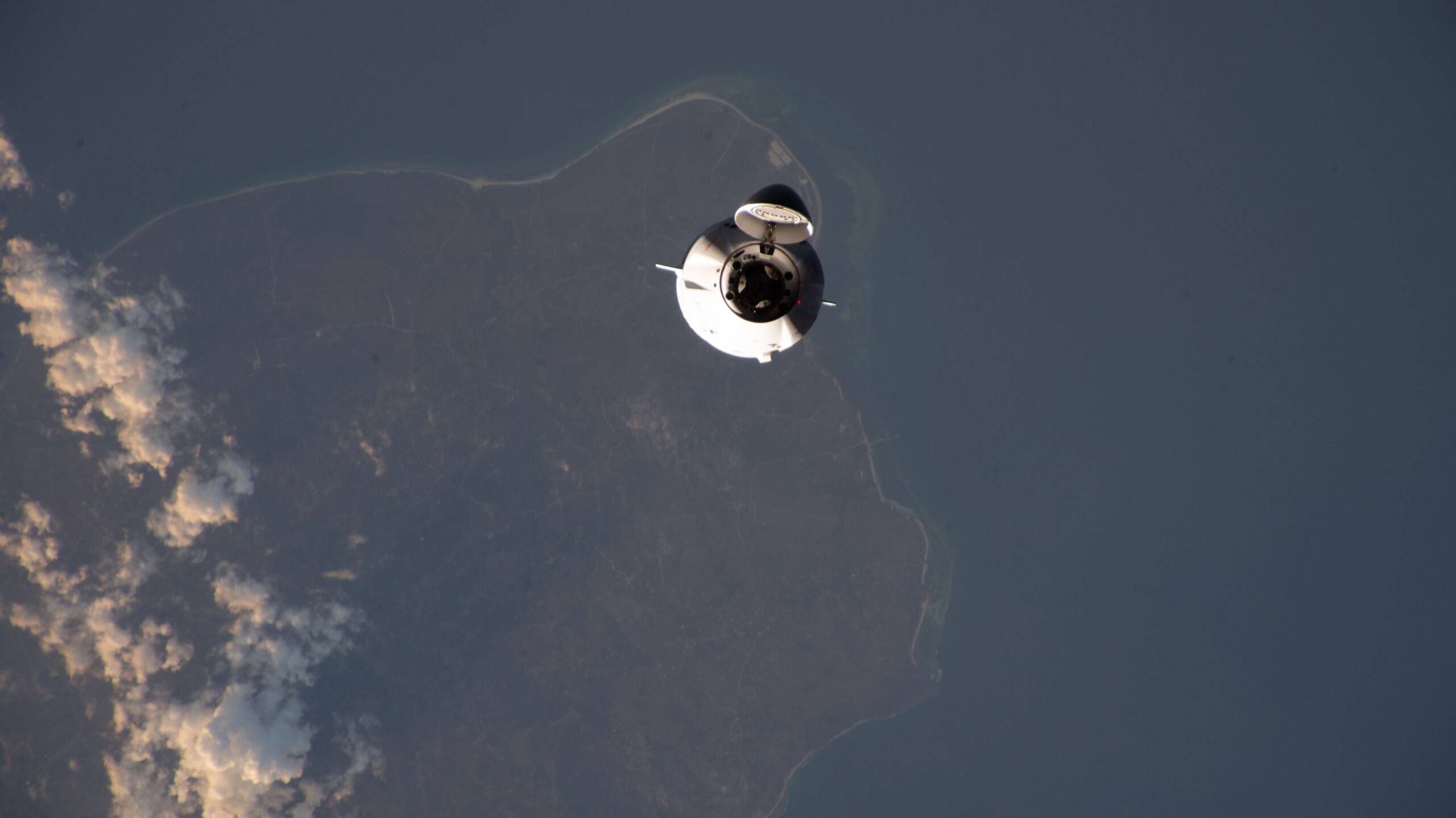
But the cargo ship’s departure, originally slated for 14 December, found itself delayed almost a full week, as a cold front passed through Florida and specifically impacted the primary splashdown zone. Finally, CRS-29 undocked at 5:05 p.m. EST Thursday, after a docked period of more than 40 days, one of the longest of any Cargo Dragon, targeting splashdown on Friday.




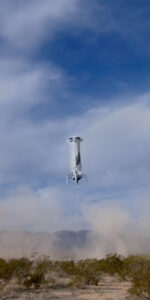
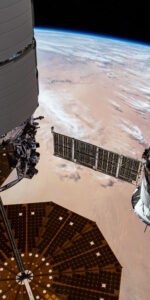
6 Comments
Leave a Reply6 Pings & Trackbacks
Pingback:CRS-29 Cargo Dragon Departs Space Station, Heads Home - Shadownews
Pingback:After Daylong Delay, SpaceX Targets Thursday Afternoon for Ax-3 Launch - AmericaSpace
Pingback:After Daylong Delay, SpaceX Targets Thursday Afternoon for Ax-3 Launch - SPACERFIT
Pingback:SpaceX Launches Ambitious PACE Mission to Monitor Global Ocean, Atmospheric Health - AmericaSpace
Pingback:Crew-7 Returns Safely, Ends 6.5-Month Space Station Mission - AmericaSpace
Pingback:SpaceX Aims to Complete Weekend Triple-Header With Tonight’s Bandwagon-1 Launch - AmericaSpace